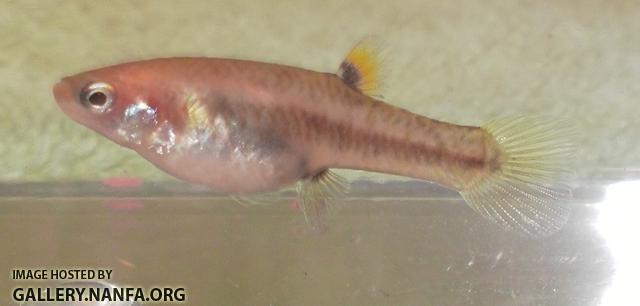Sorry for late response. I still do not think I will go to the convention. My family does not take vacations. Or actually we have a few times to the beach to visit our grandmother because she will die soon. She has alzheimer but still she has an amazing personality and is interesting just forgets every 30 seconds.
Yes, I noticed that they vary a lot, LOL they should call them chameleon fish. My Gambusia change color very much. In a minute or less when they go down to black gravel they will turn very dark grey, almost as dark as the gravel but then a little bit after they go up to the middle or surface of the tank they turn lighter into dark grey. They are iridescent. Their shininess changes in different places. The Gambusia that I have in a very big light tank with white sand are very light in color and when put in the small aquarium with the black gravel they turn darker but it takes several days to turn as dark as the ones originally in the small aquarium maybe because it is more acidic or something, I do not know. I think the big tank is more basic but not sure. I have kept a male and female Gambusia together in a small glass cup for about two days without disturbing them and then took out the male and kept the female in for maybe another 3 days so do they need very little oxygen? I did not see her go up to the surface and she did not move her gills much. They move their gills a lot when I net them into a new aquarium or something.
There's only two species of native Elodea in the southeastern US (E. canadensis and E. nutalli) and the Flaherty Park pond is the ONLY place I've ever seen E. nutalli. I would love to know how it got there, in an old farm pond at the very head of a stream.
I do not understand. Is the pond a part of a farm? Do you mean that the Elodea are only in one spot around the pond close to a farm? Or do you mean that is the first place you found it and then it spread to the pond? You made a mistake in "There's". It is There are, not There is. Everybody seems to say that

. Thank you for the welcome.
Edited by GambusiaNo2, 13 December 2013 - 04:13 PM.





















